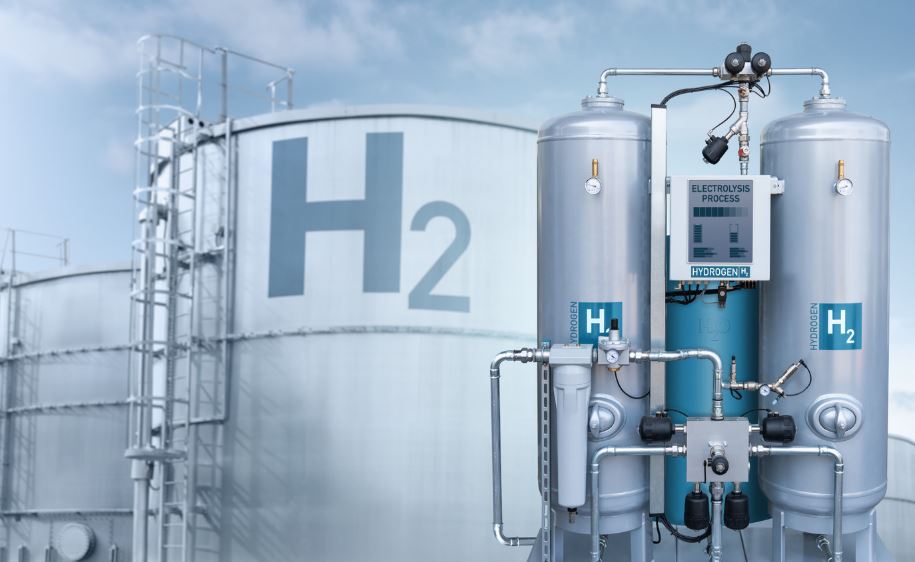The promise of green hydrogen has received a significant boost with the introduction of the 45V hydrogen production tax credit, yet its impact relies on the strategic navigation of several industry challenges. The credit aims to decarbonize the energy sector, though the path remains fraught with obstacles.
The Rocky Mountain Institute’s analysis, predicts that with the 45V credit, green hydrogen could achieve cost competitiveness with fossil fuels. However, this potential hinges on several factors. According to industry insider data, the credit could reduce production costs of green hydrogen by approximately $1 to $3 per kilogram, making it more enticing and competitive with grey hydrogen, currently priced lower due to cheaper natural gas.
Crucially, the 45V credit’s efficacy depends on the scale of renewable energy deployment, a challenge as global capacity requires significant expansion. As it stands, renewable energy sources account for a fraction of the energy mix necessary to sustain large-scale hydrogen production. The global renewable energy capacity stood at about 2,799 gigawatts in 2021, but projections indicate that more than three times this amount may be required to meet projected hydrogen demands by 2050.
Moreover, green hydrogen’s viability is stymied by infrastructure limitations. Current pipeline networks are predominantly suited for fossil fuels, necessitating extensive retrofitting or new construction to accommodate hydrogen’s smaller molecular structure. Consequently, analysts view the 45V credit as one step amidst broader infrastructural shifts, requiring estimated investments in the trillion-dollar range to achieve the necessary network modifications.
Logistical concerns are compounded by technological hurdles. Electrolyzer efficiency, crucial for breaking water into hydrogen and oxygen, currently lags what is needed for true cost parity. Although ongoing research aims to boost efficiency rates beyond the existing 60-70%, breakthroughs are still required.
Despite these obstacles, the outlook isn’t entirely dim. The 45V credit may trigger an innovation wave similar to that seen in the solar industry, where government incentives catalyzed significant cost reductions and technological advancements. Industry leaders emphasize the importance of synergistic efforts involving both public and private sectors to capitalize on this potential.
Additionally, while some critics express skepticism regarding the pace of transition, proponents argue that with strategic policy support and technological innovation, the 45V credit could help expedite the green hydrogen transition. The key will be navigating current challenges with a comprehensive approach, leveraging policy incentives alongside market and technological innovations to unlock the potential of green hydrogen as a cornerstone of the future energy system.
